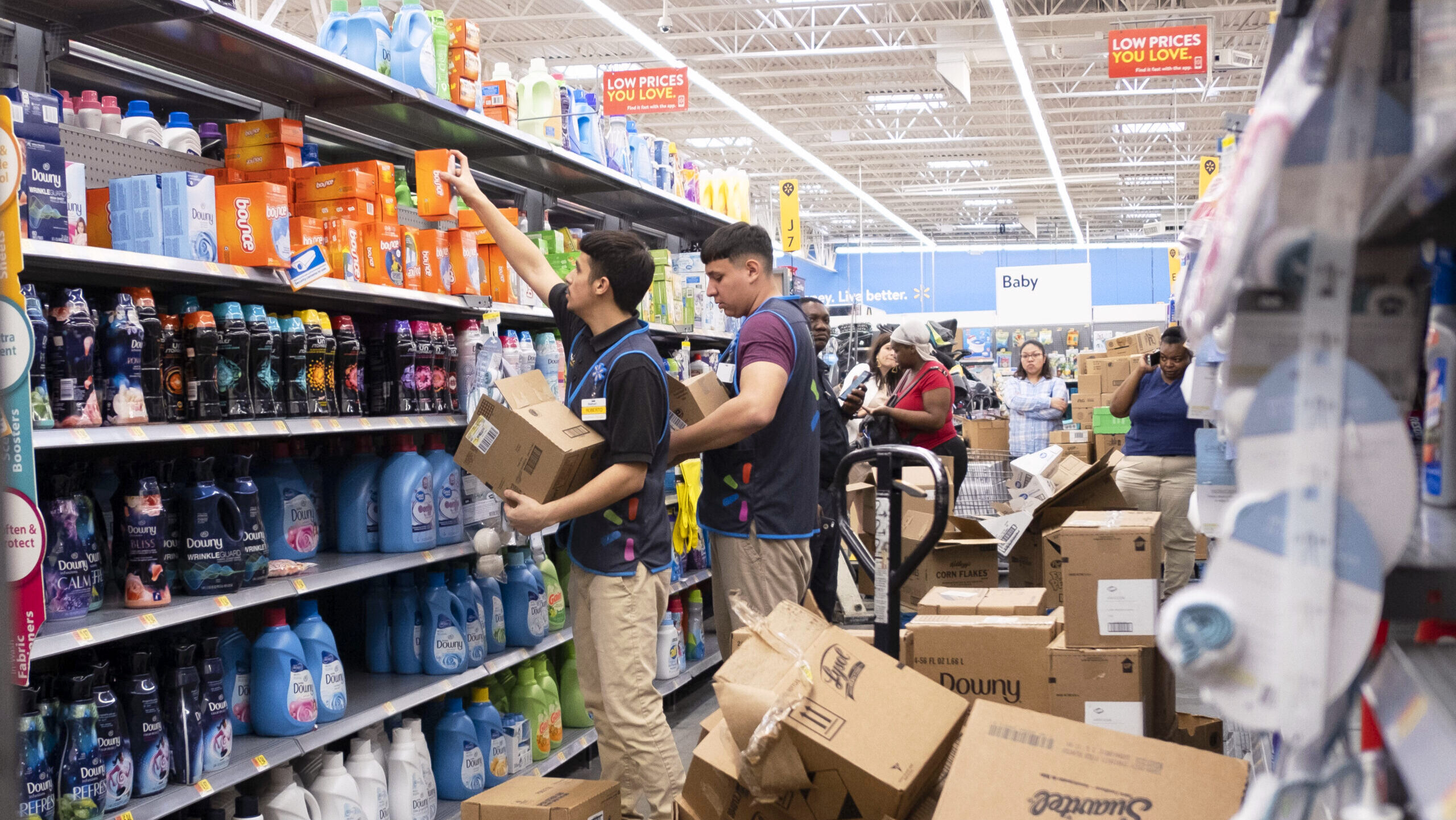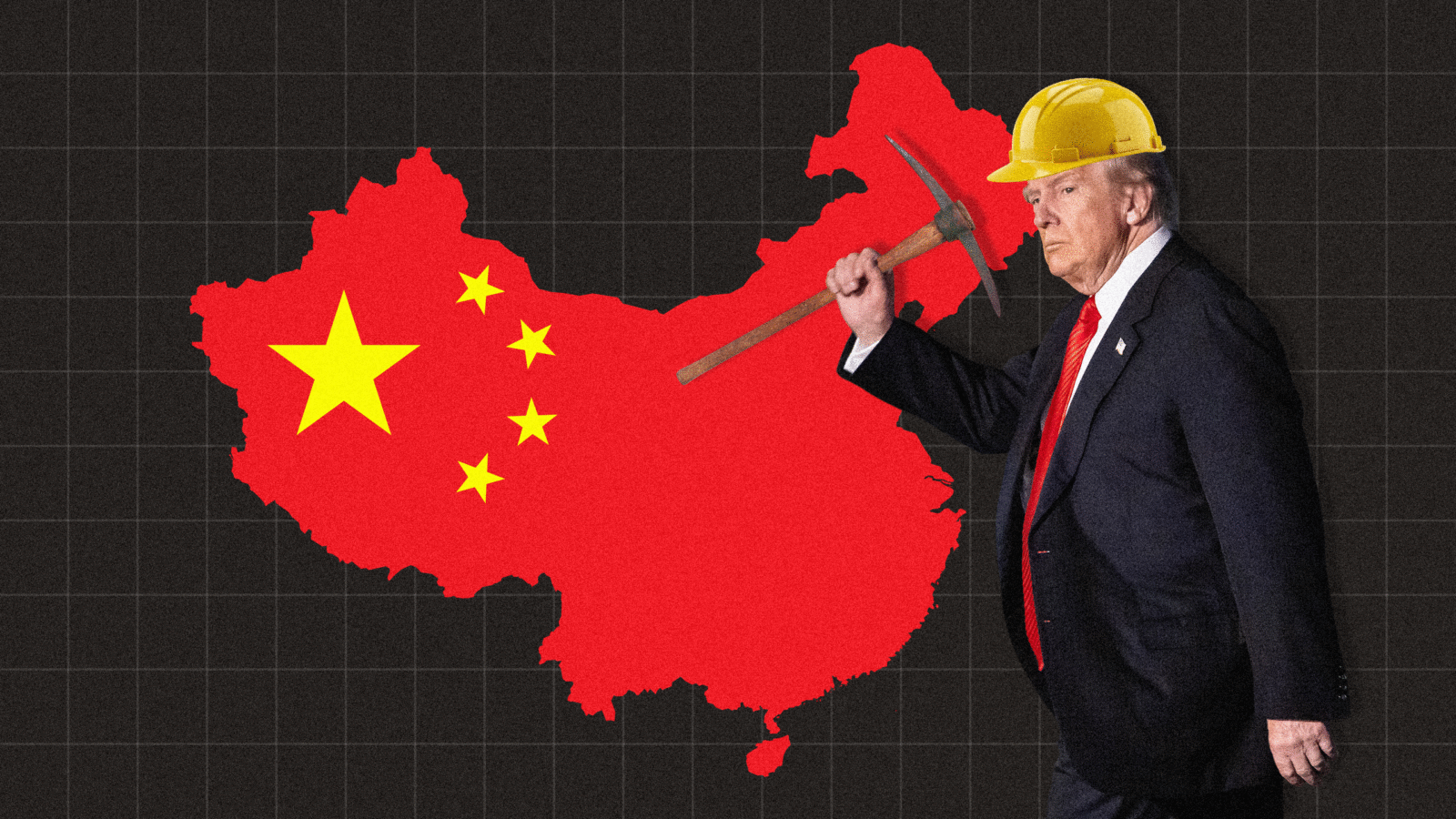Sensory Upload: Walmart Expands Automation of Grocery Tracking
Walmart — a.k.a., the largest grocer in the United States — sells so many groceries it’s nearly impossible to keep track.

Sign up for smart news, insights, and analysis on the biggest financial stories of the day.
Walmart sells so many groceries it’s nearly impossible to keep track, but it’s about to get easier: The retailer plans to use tens of millions of sensors to track pallets of groceries shipped across its vast network of stores.
Greg Cathey, the retailer’s senior vice president of innovation, said in a joint announcement with sensor startup Wiliot on Thursday that the two are “tackling one of the hardest problems in retail — knowing exactly what we own and where it is at any given moment.” If only you knew that every time you left your grocery list at home.
Sensor of Self
There was a time when Walmart employees had to manually scan and check the vast flows of food products that travel through the distribution network of America’s largest grocer. (You may remember this as your high school summer job.) Tasks across the supply chain are now being rapidly automated, and Chief Executive Doug McMillon told a workforce conference last week that “AI is going to change literally every job.” Wiliot’s Pixel censors, which are the size of postage stamps and power themselves by harvesting radio waves, are about to initiate some of that change.
The sensors utilize Bluetooth technology, and since 2023, Walmart has been using them at select locations to transmit the location, condition and temperature of pallets. Currently used at 500 locations, they’ll be deployed nationally to roughly 4,600 Walmart locations and 40 distribution centers by the end of next year, creating a state-of-the-art supply chain data feed for Walmart’s AI systems. Walmart has moved aggressively to deploy AI across its operations, as efficiencies help keep costs down and preserve its value-retailer reputation. The company has an AI shopping agent in its commercial app for customers, an AI agent for suppliers and an AI agent for its employees to help manage workflow. It’s also developing AI agents to automate the work of its engineers, even while pledging to hire more tech talent. Most important of all, these advances have coincided with growth:
- Revenue has increased by $150 billion in the last half-decade, even as Walmart’s employee numbers have remained mostly flat. The Arkansas-based company’s shares are up 12.5% in 2025, and its market value is more than $810 billion.
- Executives forecast revenue will keep growing as AI-driven automation makes operations more efficient, but expect Walmart’s headcount to stay flat for at least another five years (which, at the very least, tracks with the Yale Budget Lab’s recent finding that AI has yet to significantly disrupt broader employment). The company employs 2.1 million people, and its 1.6 million US staffers represent the largest private workforce in the country.
White Collar Blues: McMillan told the Associated Press last month that shifts from AI have led to tasks and jobs changing and that he hopes “the net ends up being even more people” working there. He went on to say that AI could have a more immediate impact on white collar workers, while its on-the-ground workforce may prove more resilient: “All the other ones are working in a store, a club, a distribution center. And I think those jobs change more gradually.”











